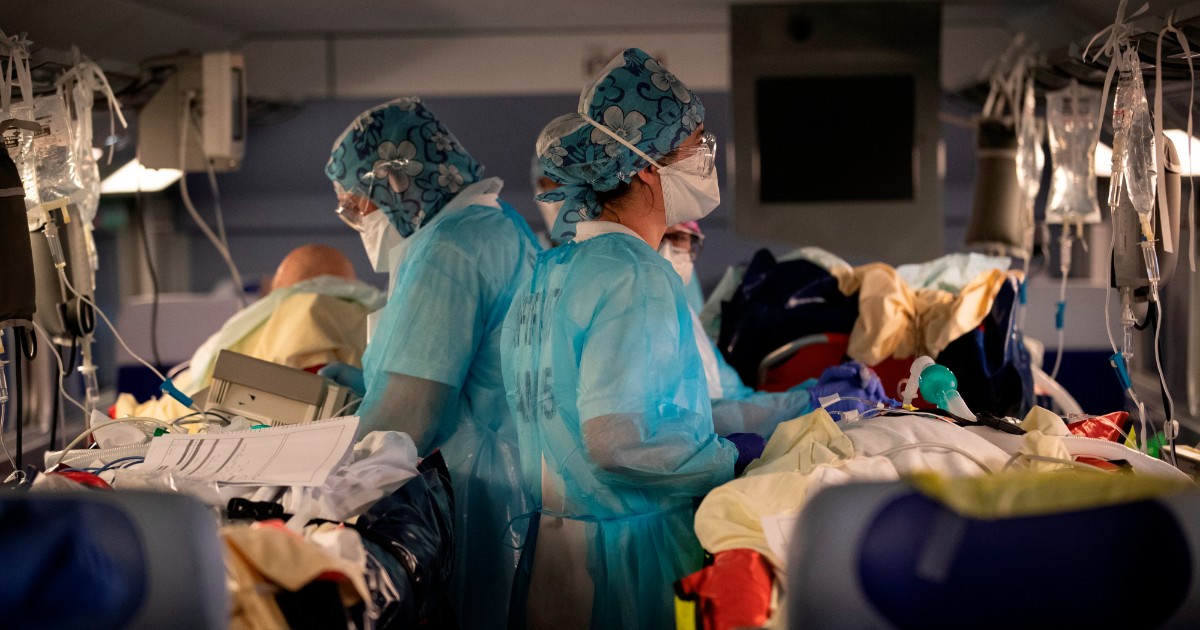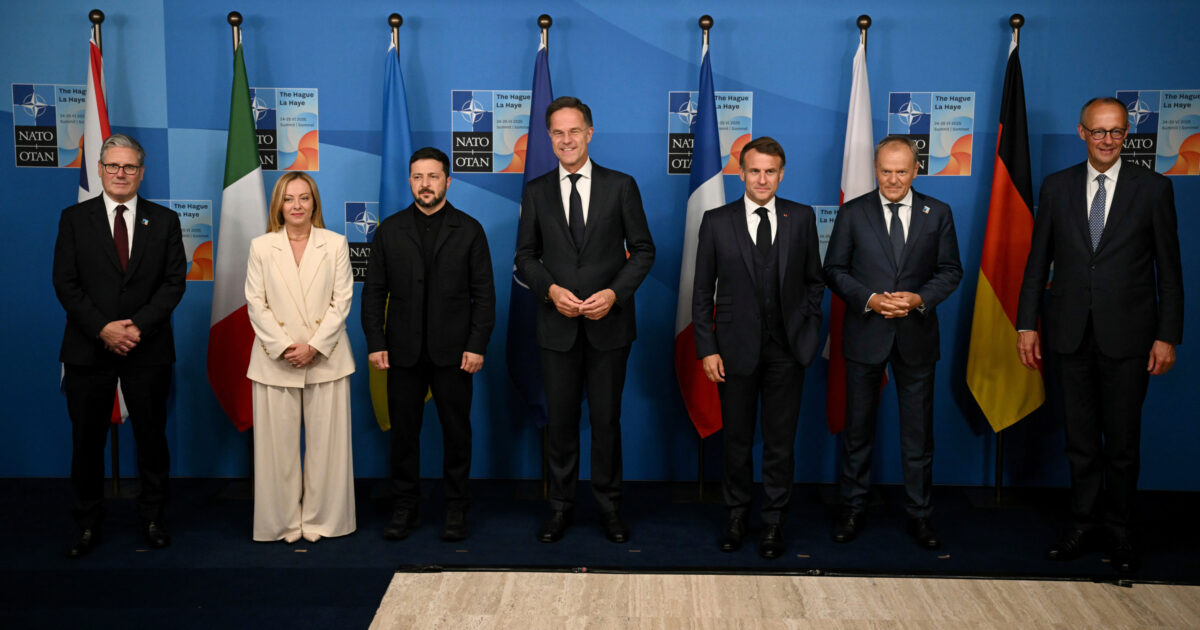Si ribella ai migranti e scatta la censura!
"Lady Ascia" è già un simbolo globale!
Segue dalla prima pagina de La Verità
di BONI CASTELLANE
(...) archetipici, talmente rappresentativa della situazione sociale scozzese, britannica ed europea in genere, talmente peculiare e paradossale che se Pier Paolo Pasolini fosse qui ne avrebbe senza dubbio colto gli aspetti relativi al suo essere un ritratto del sotto-proletariato europeo di oggi.
Quel ritratto si declina oggi nelle forme del meme il cui impatto e il cui significato travalicano i contorni concreti di una vicenda non chiara ma che ci consente sin d’ora di stabilirne gli elementi essenziali.
Nel contesto degradato della periferia di Dundee, in Scozia, un gruppo di ragazzine dai dodici ai quattordici anni viene filmato da quello che poi loro diranno essere un aggressore sessuale, ed in particolare una di queste la si vede brandire un coltello e un’ascia mentre inveisce contro l’uomo che la filma, dicendo frasi non chiare ma tra le quali si sente: «Lascia stare mia sorella». Una di loro sarà poi ricoverata per trauma cranico e la «ragazzina con l’ascia» verrà fermata dalla polizia, rilasciata in attesa di processo, con l’accusa di aggressione e porto abusivo d’arma.
L'uomo, un bulgaro o rumeno di nome Ali Dumana, si é da subito dichiarato innocente e le telecamere di sorveglianza della zona non hanno mostrato nulla che possa chiarire la dinamica dell’accaduto.
Di questa vicenda, tristemente ordinaria per la Scozia del degrado urbano e per il Paese attraversato dallo scandalo delle grooming gang, gli elementi oggettivi sono già sufficienti per sollecitare alcune riflessioni. La prima é la potenza archetipica del meme che si è creato e che, nel giro di sei giorni, ha totalizzato una cifra approssimativa di cinquanta milioni di visualizzazioni. La ragazzina, subito ribattezzata «Saint Axe», ha risvegliato nell’immaginario collettivo l'archetipo di Giovanna d’Arco, la santa che semplicemente mostrandola la propria spada, condusse i francesi nel 1429 a liberarsi della dominazione straniera e a vincere poi la Guerra dei Cent’anni. Si-tratta di un archetipo particolarmente vitale non solo per la forza dell’immagine di una ragazzina cosi esile che brandisce armi chiaramente non proporzionate alla propria forza in difesa della sorellina, ma in particolare perché, esattamente come Giovanna d’Arco, la ragazzina sarà poi arrestata dalla polizia facendo di lei, per ora, l'unica colpevole dell'accaduto. La ragazzina é la Scozia nelle sue realtà più problematiche e marginali
Si ribella ai migranti e scatta la censura!
"Lady Ascia" è già un simbolo globale!
Segue dalla prima pagina de La Verità
di BONI CASTELLANE
(...) archetipici, talmente rappresentativa della situazione sociale scozzese, britannica ed europea in genere, talmente peculiare e paradossale che se Pier Paolo Pasolini fosse qui ne avrebbe senza dubbio colto gli aspetti relativi al suo essere un ritratto del sotto-proletariato europeo di oggi.
Quel ritratto si declina oggi nelle forme del meme il cui impatto e il cui significato travalicano i contorni concreti di una vicenda non chiara ma che ci consente sin d’ora di stabilirne gli elementi essenziali.
Nel contesto degradato della periferia di Dundee, in Scozia, un gruppo di ragazzine dai dodici ai quattordici anni viene filmato da quello che poi loro diranno essere un aggressore sessuale, ed in particolare una di queste la si vede brandire un coltello e un’ascia mentre inveisce contro l’uomo che la filma, dicendo frasi non chiare ma tra le quali si sente: «Lascia stare mia sorella». Una di loro sarà poi ricoverata per trauma cranico e la «ragazzina con l’ascia» verrà fermata dalla polizia, rilasciata in attesa di processo, con l’accusa di aggressione e porto abusivo d’arma.
L'uomo, un bulgaro o rumeno di nome Ali Dumana, si é da subito dichiarato innocente e le telecamere di sorveglianza della zona non hanno mostrato nulla che possa chiarire la dinamica dell’accaduto.
Di questa vicenda, tristemente ordinaria per la Scozia del degrado urbano e per il Paese attraversato dallo scandalo delle grooming gang, gli elementi oggettivi sono già sufficienti per sollecitare alcune riflessioni. La prima é la potenza archetipica del meme che si è creato e che, nel giro di sei giorni, ha totalizzato una cifra approssimativa di cinquanta milioni di visualizzazioni. La ragazzina, subito ribattezzata «Saint Axe», ha risvegliato nell’immaginario collettivo l'archetipo di Giovanna d’Arco, la santa che semplicemente mostrandola la propria spada, condusse i francesi nel 1429 a liberarsi della dominazione straniera e a vincere poi la Guerra dei Cent’anni. Si-tratta di un archetipo particolarmente vitale non solo per la forza dell’immagine di una ragazzina cosi esile che brandisce armi chiaramente non proporzionate alla propria forza in difesa della sorellina, ma in particolare perché, esattamente come Giovanna d’Arco, la ragazzina sarà poi arrestata dalla polizia facendo di lei, per ora, l'unica colpevole dell'accaduto. La ragazzina é la Scozia nelle sue realtà più problematiche e marginali













